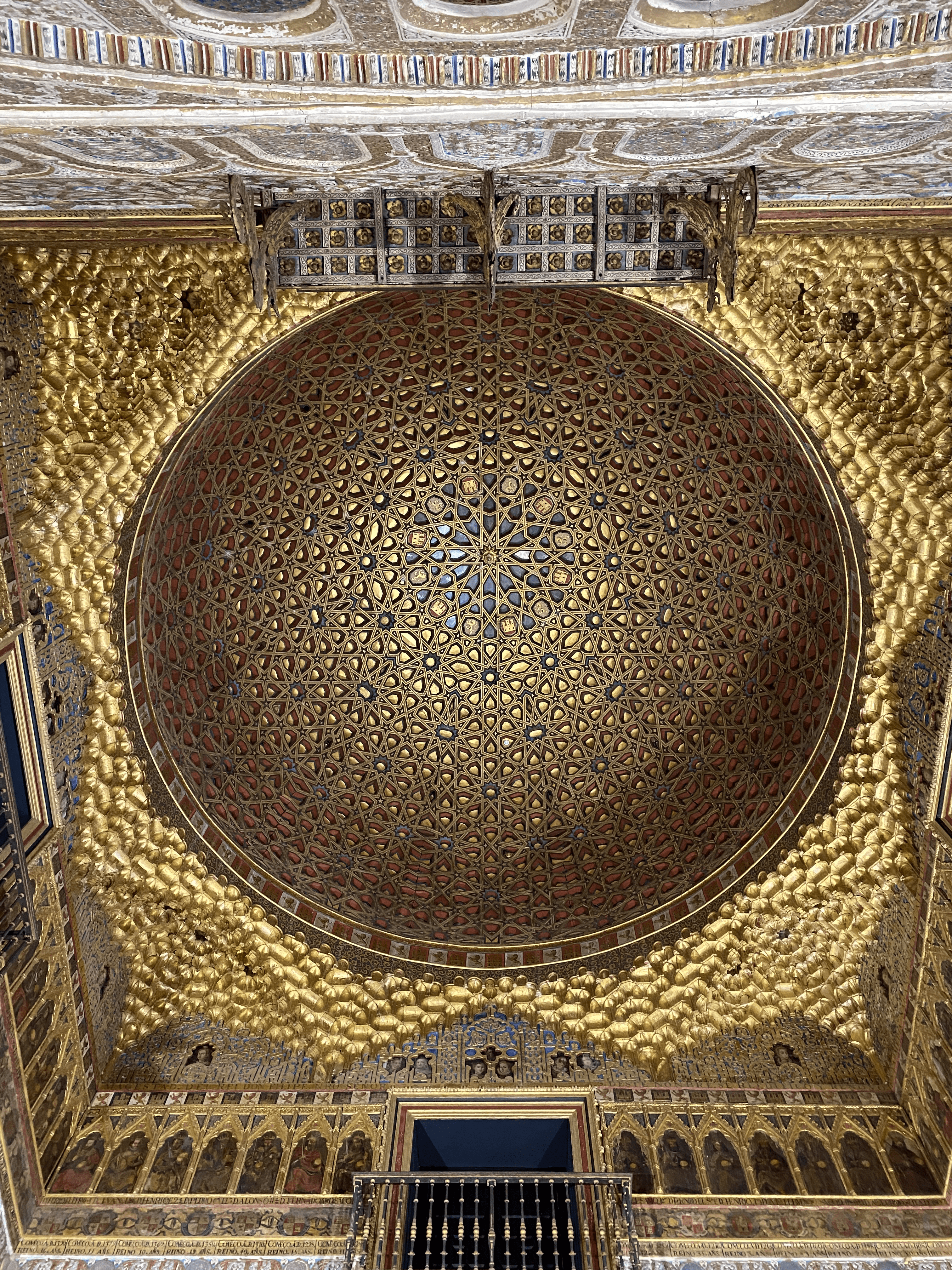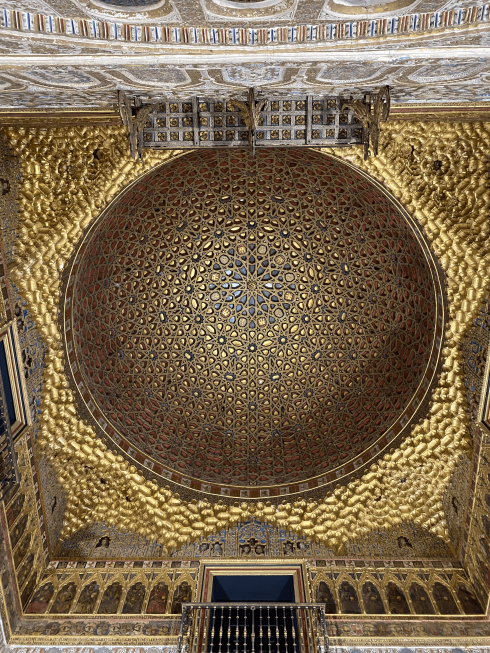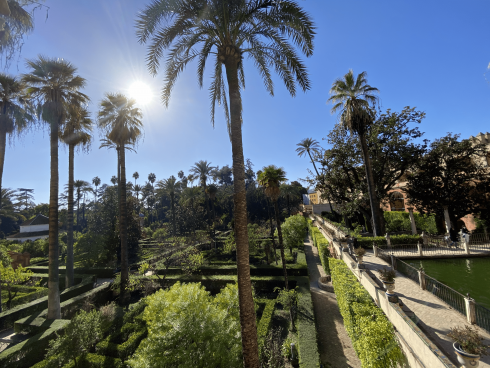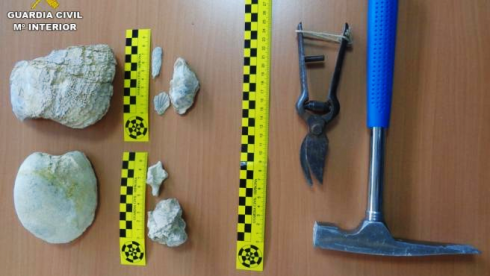SANTA Cruz is the most visited neighbourhood by the millions of tourists who flock to Sevilla each year.
And it’s no surprise, given it houses the city’s most important and visited sites, including the iconic Real Alcazar. The old Jewish Quarter of Sevilla, the barrio was an artistic hub and home to some of the Golden Age’s most important maestros, including David Velazquez and Bartolome Murillo – the latter of which has stunning gardens named after him.
Disaster struck Santa Cruz when it was almost wiped out by the Lisbon Earthquake in 1755. But out of the rubble a well-to-do neighbourhood was constructed as many middle class families decided to build homes in the area. Today it has become emblematic of Sevilla, boasting narrow streets and 11 picturesque plazas.
It is also home to fantastic restaurants and cafes.
Real Alcazar
There is no other place to start your tour of Seville than the incredible Real Alcazar, situated across from Plaza del Triunfo.
It is among the oldest palaces in Europe having begun construction in 913, when the caliph of Andalucia Abd al-Rahman III first decided to build a fort.
Over 500 years, the grounds were added to by successive Moorish, Christian and finally Catholic rulers, making it one of the most emblematic attractions in a region characterised by its multicultural history.
Declared a World Heritage Site by UNESCO in 1987, the tile work, gardens and architecture are awe-inspiring. Plus you get to see a peacock or two roaming the grounds.
Entry is €9.50 and you can expect to queue for around 30-45 minutes or more during peak season (unless you reserve tickets beforehand).
Catedral
Exit the Alcazar where you entered and turn left to cross the square to the Catedral.
Also known as the Cathedral of Saint Mary of the See, it is the largest Gothic church in the world, covering some 23,500sqm.
It was completed in the early 1500s before being registered as a UNESCO World Heritage Site in 1987.
Standard entry is €9 and don’t hesitate to pick up a pamphlet on your way in as they can offer you routes within the grounds depending on how much time you have.
But for a speedy visit, prioritise the tomb of Christopher Columbus, the High Altar and the golden Choir section.
TRAVEL TIP: You can buy a ticket for the Catedral at the nearby Iglesia Colegia del Salvador, which will let you skip the queue
La Giralda
Connected to the Catedral is the Giralda, which has stood proudly looking over Sevilla since 1198.
It was completed by the Moors to commemorate their 1194 victory over Alfonso VIII of Castile.
And if the queue isn’t too long, it’s worth the climb to the top, which you’ll find that instead of stairs consists of 34 sloping ramps.
They were once ascended by horses five times per day for the Islamic call to prayer.
In 1248, following the Christian Reconquista (reconquering), it was converted alongside the Catedral (formerly a mosque), into a cathedral.
The view from the top offers stunning views of the city.
Jardines de Murillo
Located next to the Paseo de Catalina de Ribera, the Murillo gardens offer a stunning stroll through a series of arbours and fountains. Previously known as the Retiro Gardens, they were named after famed painter Bartolome Murillo after being redesigned in 1915. They previously belonged to the iconic Real Alcazar before being donated to the city in 1862.
They were named after Murillo at the request of the El Liberal newspaper editor as the iconic maestro was buried in a church which had stood in the Plaza de Santa Cruz before it was destroyed by Napoleon’s forces in 1811.
The gardens feature magnolia and orange trees alongside ficus and night jasmine plants.
Archivo de Indias
This rectangular and regal giant houses all the maps and documents relating to Spain’s conquest of the New World – or its Golden Age, as it is often referred to.
It is open to the public and stages exhibitions.
Plaza de espana
Exit the Giralda and head southeast across the Plaza del Triunfo and past the Archivo de Indias (a historic site for another day).
Follow the tram tracks up to Avenida el Cid (taking note of Hotel Alfonso XIII and former tobacco factory turned Sevilla University on the way).
Turn right onto el Cid and you’ll soon see the entrance to Maria Luisa park, home to Plaza de Espana, across the roundabout.
Repeatedly ranked as the number one tourist attraction in Spain by TripAdvisor users, the Plaza de Espana is truly a work of art.
Designed by Caidon Fox for the 1929 Sevilla Expo, it was created to showcase Spain’s industry and technology exhibits at the historic fair.
The complex is a huge half-circle with buildings continually running around the edge, boasting a mix of 1920s Art Deco, Baroque and Neo-Mudejar styles
The buildings are accessible via four bridges – representing the four ancient kingdoms of Spain – built over a moat which runs the whole length of the complex.
In the centre sits the Vicente Traver fountain while by the walls are tiled alcoves, each depicting a different province of Spain.
If you REALLY have time to kill, you can row a boat in the moat in what is possibly the most unnecessary tourist trap – although it does make for a nice photo.
Parque Maria Luisa
While you’re already here, take a quick stroll into the Maria Luisa park.
Its gorgeous gardens were designed by Jean-Claude Forestier for the expo in 1929, which saw the whole south of the city redeveloped into green areas and grand boulevards.
The park features stunning tiled fountains, pavilions, ponds and an exotic range of plants and trees.
Have a five-minute sit down on one of its many shaded benches.
Las Setas
Head straight down Calle de Alfonso XIII until you arrive at a huge contemporary structure.
The Metropol Parasol, known as Las Setas de la Encarnacion (Mushrooms of Encarnacion), boasts six parasols and is spread over four levels.
Built between 2005 -2011, it was designed by Berlin architect Jurgen Mayer who entered into a government-run competition to renovate the area.
Mayer said he was inspired by the vaults of the Catedral and the ficus trees of Plaza de Cristo de Burgos.
Underneath the structure you’ll find the Antiquarium, home to Roman and Moorish remains which were discovered and preserved during the construction of Las Setas, while at street level the public plaza hosts a market and regular public events.
Enter and pay a small fee (€3) to enjoy the second and third levels, featuring a restaurant and walking platforms offering stunning views of the city.
READ MORE:
- Visit our travel guide section for more about Sevilla
- Top five dining spots in Sevilla: Where to eat and soak up the Spanish dining experience in the capital of Andalucia
- The 10 best tourist sites in Spain’s Sevilla (and how to see them all in one day)





















